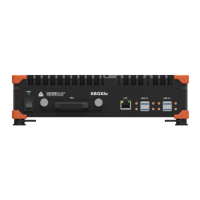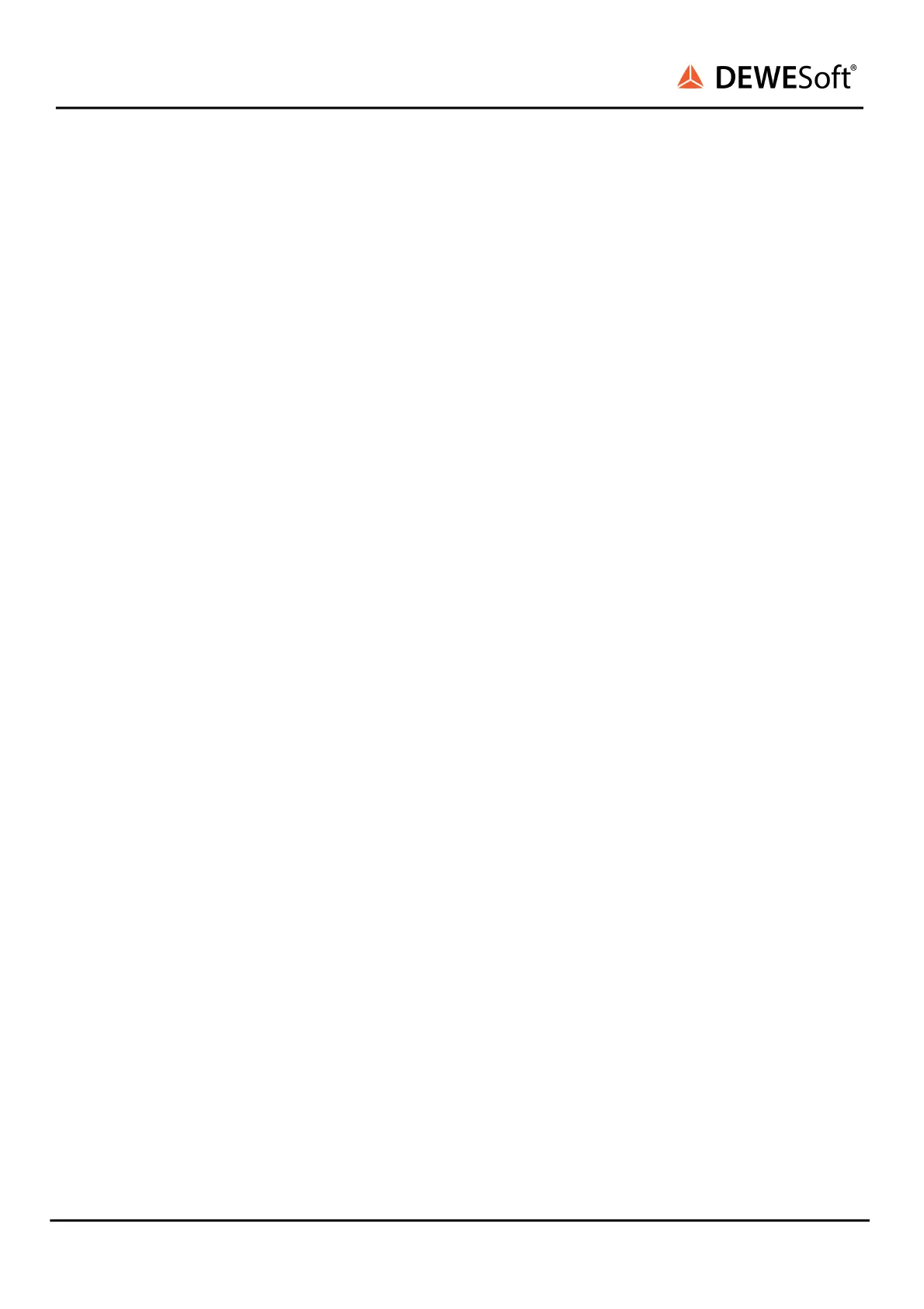SIRIUS
®
TECHNICAL REFERENCE MANUAL
6.1.4. Filter design
Since ideal filtering is not possible, we need to carefully design our filters to achieve the desired results.
One important goal is that we want to have a very sharp damping, so we need a high order filter, which
in turn means, that we will use a digital filter. Moreover we want to have a linear phase, so we choose a
FIR filter (the performance of the DSP in SIRIUS® is powerful enough to handle this demanding
computation).
Another important goal is to minimise errors introduced by aliasing. So the FIR filter alone will not be
sufficient (since digital filters are subject to aliasing).
In the following examples, we assume that we want to measure a signal between 0 and 800 Hz and we
will consider how higher frequency components in the input signal affect the measurement result.
6.1.4.1. Sampling and digital filter
Our first try is quite naïve: we sample the signal at 2 kHz (over twice the frequency that we are
interested in) and then apply a digital filter. Illustration below “Sampling and Digital Filter” includes 3
diagrams (from top to bottom):
● Input Signal: e.g. the analog signal that we input to the AD converter
● Sampled Signal: the output of the AD converter
● Filtered Signal: the output of the digital filter (the filter input is the Sampled Signal)
SIRIUS
®
V20-1 273 / 336

